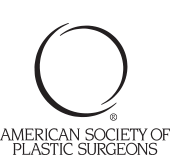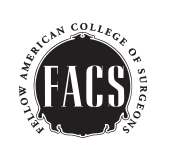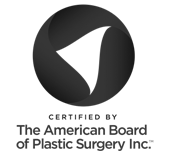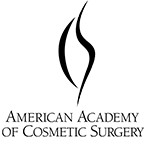Whenever possible, the use of a patient’s own tissue is preferred over foreign material in cosmetic surgery. A patient’s own fat can be used to augment chins, cheekbones, lips, and to eliminate creases and folds of the forehead and face. It can also reduce scarring (such as that caused by acne) and correct deformities. With fat transfer, a patient can also augment larger areas of the body, such as the breasts and buttocks.
Who Is the Ideal Candidate for Fat Transfer?
The best candidate for fat transfer is someone with adequate fat at the donor site(s) to harvest and graft into the desired areas. It is ideal for those looking for an alternative to dermal filler treatments or desiring to enhance one body area and slim down another. Additionally, candidates should be in good overall health, close to or at their ideal weight, and have realistic expectations of what the procedure can and cannot achieve.
How Is Fat Transfer Performed?
Lipo-injection procedures are usually done in Dr. Taylor’s office operating room under local anesthetic or mild sedation. A small amount of fat is extracted from the area desired using micro-liposuction techniques. The fat is carefully washed, purified, and concentrated in a centrifuge, loaded into syringes, and injected carefully and meticulously into the desired area of the face.
What Is the Recovery After Fat Transfer Like?
Although some bruising may occur at the site of the injection, patients can typically resume normal activities immediately following the procedure.
What Kind of Results Can I Expect From Fat Transfer?
Because a fat transfer uses your own fat cells, there is no risk that your face will outright reject the tissue. However, only 1/3 to 1/2 of the injected fat will survive in most patients. For this reason, Dr. Taylor usually injects more fat than necessary to compensate for the fat loss typical of the first few months following the procedure. This over-correction may result in a swollen or plump appearance in the treated area, which generally subsides after one week.
Frequently Asked Questions About Fat Transfer
What is the goal of fat transfer?
Fat transfer is an extremely versatile procedure that targets different goals. Grafted fat can erase lines and wrinkles on the face, correct atrophic scarring, fill areas affected by volume loss, and plump parts that need more projection, such as breasts or buttocks. It all depends on what you seek to achieve with the area that is receiving the fat graft.
What is the survival rate of transplanted fat cells?
After your fat transfer procedure, not all the cells will survive. Typically, 40 to 50 percent will remain long-term, and the rest will die off and be reabsorbed by the body during the first few months.
To compensate for this, your surgeon may overfill an area initially. Patients are encouraged to maintain a stable weight after fat transfer to keep their amazing results for many years to come.
Is fat transfer safe?
The procedure is considered safe as long as it is performed by a qualified and board-certified plastic surgeon like Dr. Taylor. Generally, it has a lower risk of complications than implants. However, there is an element of risk and possible complications, as with most surgical procedures. These include infection, excessive bleeding, scarring, and contour irregularities.
Is there a preferred age for fat transfer patients?
Fat transfer can be performed on men and women as young as 18 years old. Most patients are 25 years or older.
As you age and lose facial volume, most commonly in the late 40s and 50s, fat grafting is best combined with a surgical procedure such as a facelift or neck lift for more comprehensive and rejuvenating results. Another concern that comes with age is that the skin on the donor sites may not shrink back as tightly, leading to skin sagging.
How long will my results last?
Fat transfer can last several years as long as you diligently follow Dr. Taylor’s post-operative instructions following the procedure. The transferred fat will integrate with its new surroundings and create a new blood supply, providing long-term enhancement as expected with normal fat.
Interested in Learning More About Fat Transfer in Pasadena, CA?
We encourage you to schedule a consultation with Dr. Taylor by calling 626-577-7730 or filling our online form to learn more.



